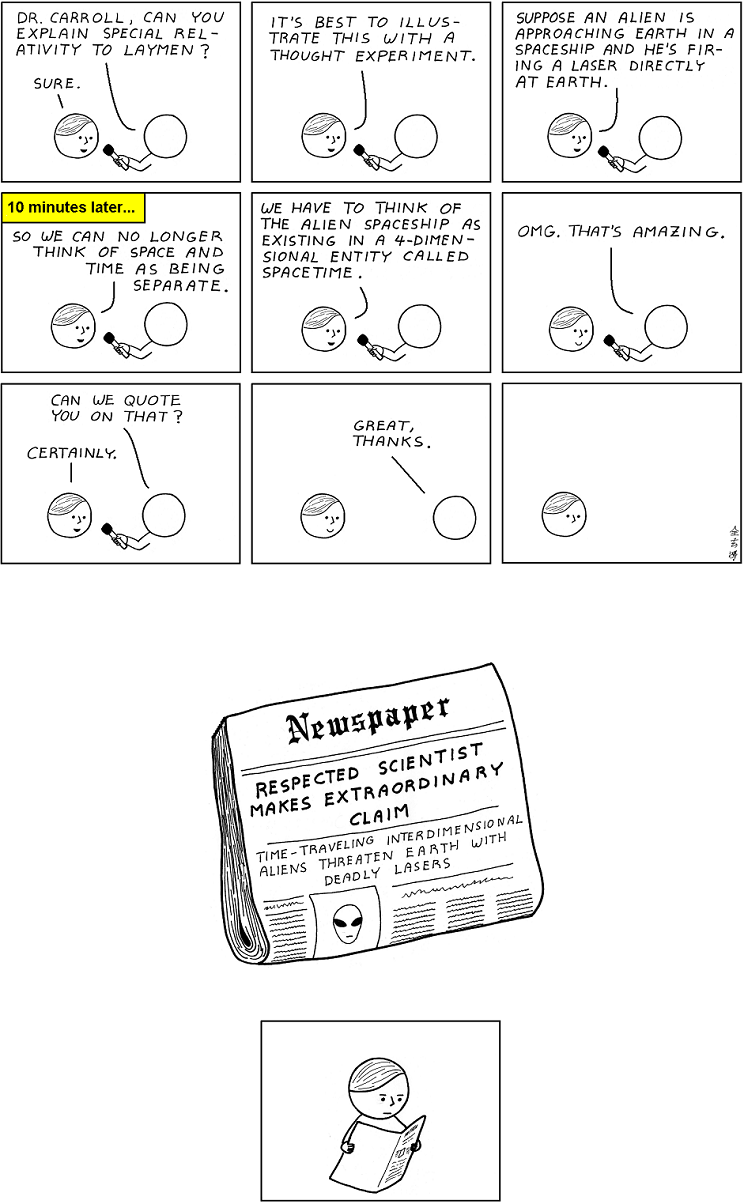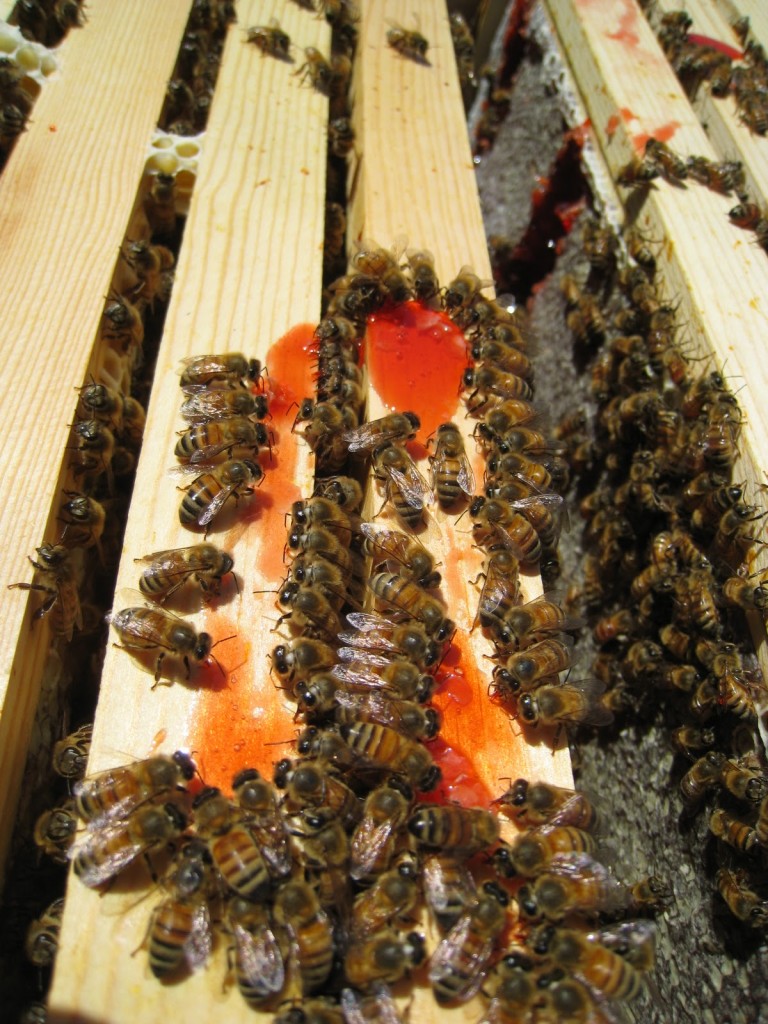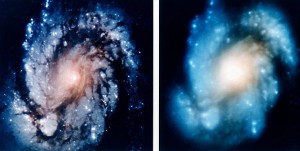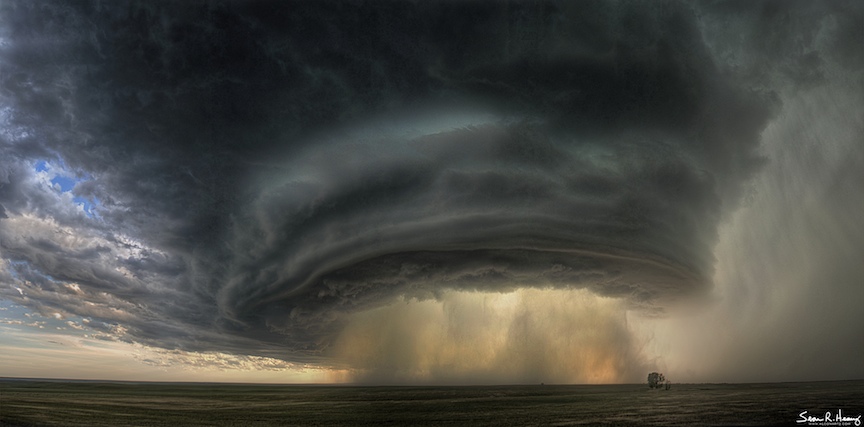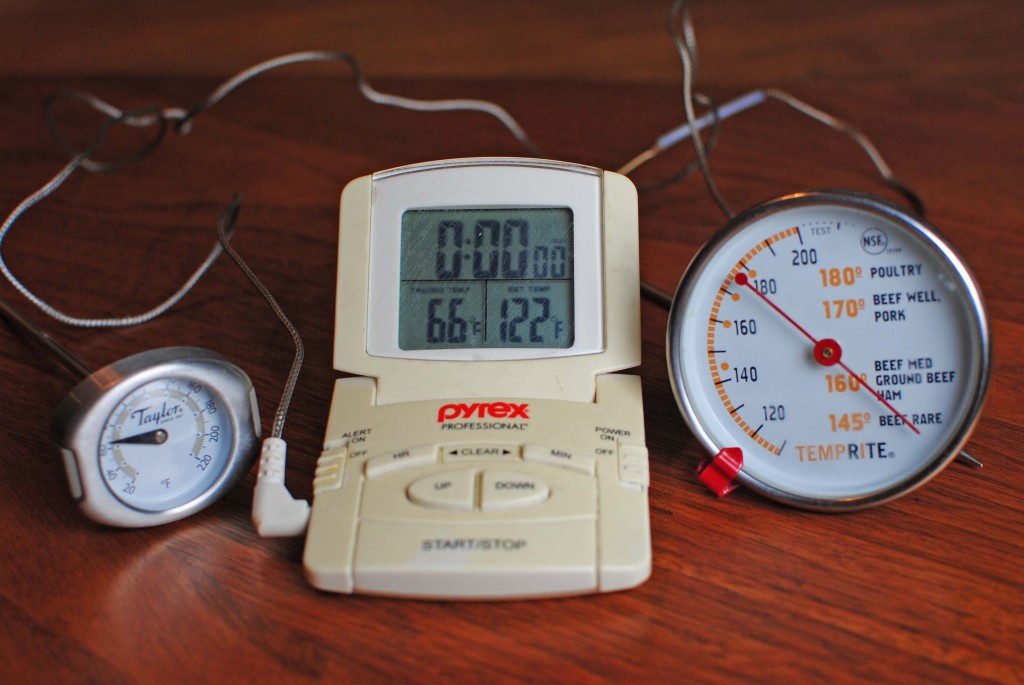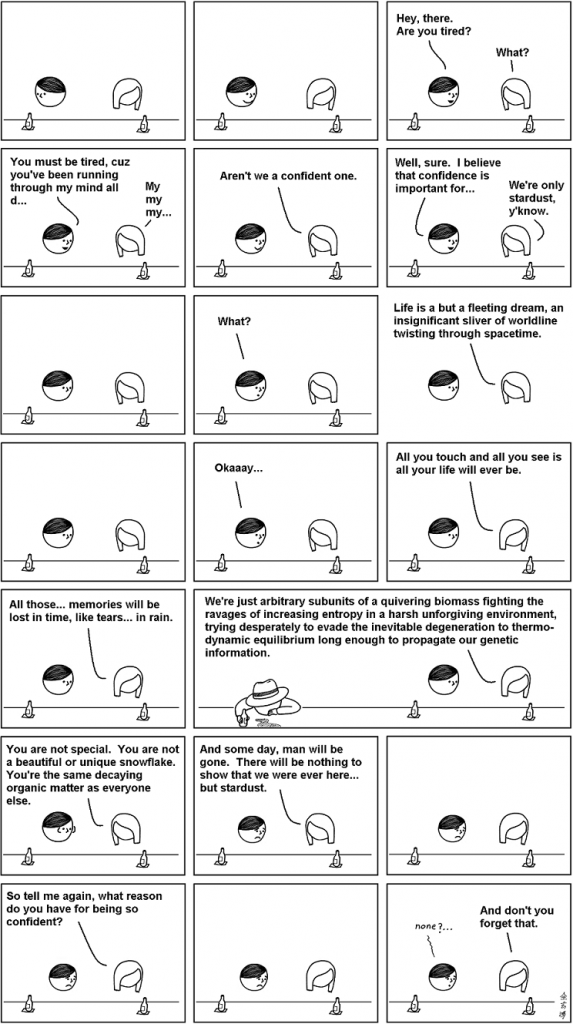 Abstruse Goose added a mysterious little tag that says something like, “Now, how many pop culture references can you find?” None for me, not one, geezer that I apparently am. But I did get the astronomy/physics references.
Abstruse Goose added a mysterious little tag that says something like, “Now, how many pop culture references can you find?” None for me, not one, geezer that I apparently am. But I did get the astronomy/physics references.
The stardust one: maybe you already know this but most every element — the lithium in our batteries, gold in our rings, carbon in our own selves — was made in the last drastic moments of those supernoved stars I was telling you about, and then flung out into space to be made into more stars and their planets and whatever the planets come up with in the way of life. So literally, actually stardust.
The worldline in space/time: make a graph, time on one axis, space or location on the other, put a little particle down in the bottom left corner, and set it loose. As it moves from location to location through space, it inevitably moves forward in time, and the little line connecting its locations and times is called its worldline. The universe has a worldline, and so do we. That word is a piece of physics poetry.
The increasing entropy/thermodynamic equilibrium one: that’s the heat death of the universe. I already told you about that too. So in simple gratitude, you ought to at least explain the pop references to me.
http://abstrusegoose.com/317

